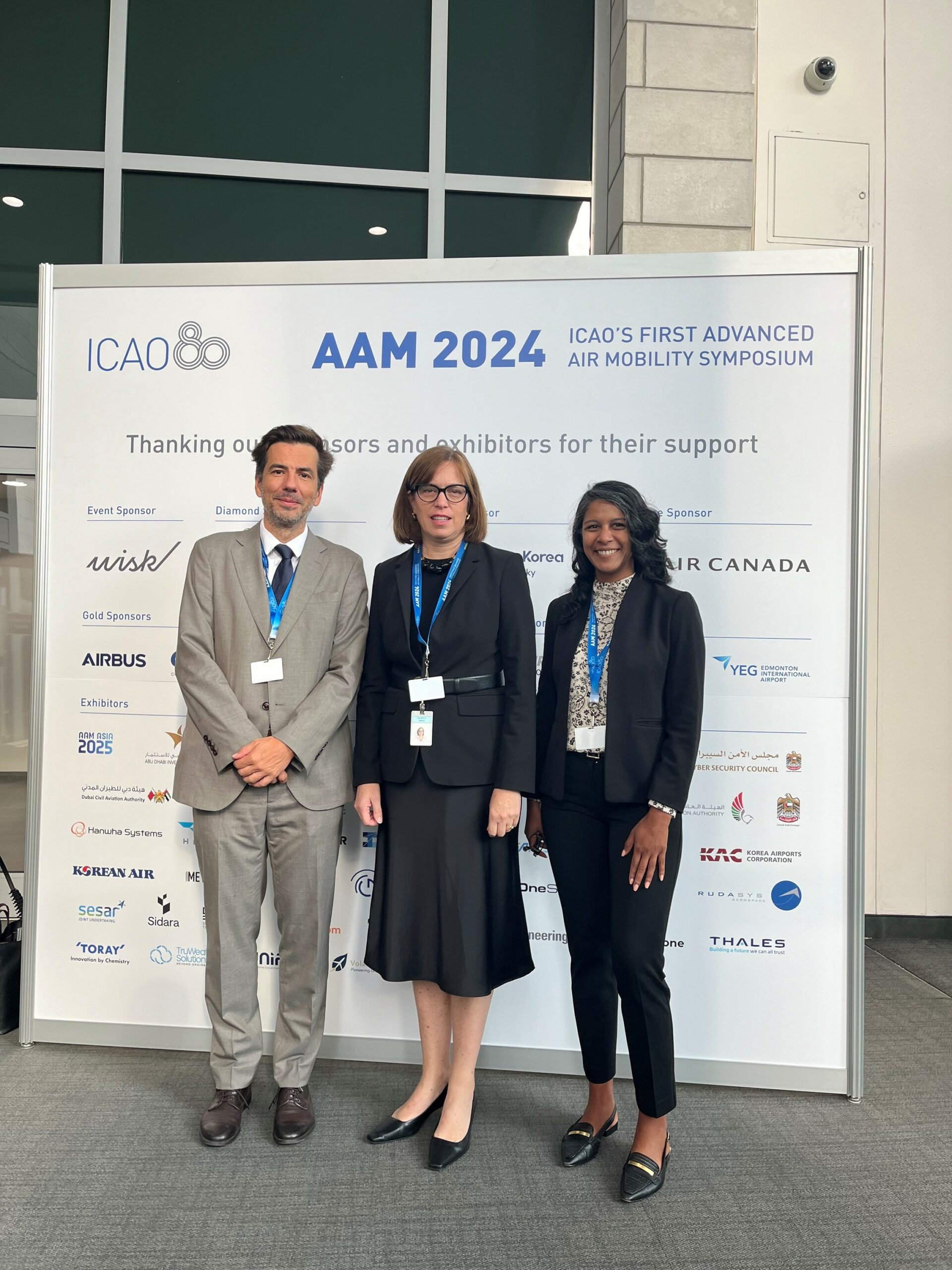Collaborating to secure the future of the Single European Sky
Raine Luojus, CEO of ANS Finland, the Finnish air navigation services provider (ANSP), sets out his hopes for the implementation of the recently adopted Joint Stakeholder Declaration – Future of the Single European Sky (SES).
It is now 15 years since the EU launched SES, with the aim of reforming Europe’s ATM to prepare it for sustained air traffic growth.
While a huge deal has been achieved, there is still much more to do if we are to keep pace with the relentless increase of aviation, with CANSO members experiencing an increase in traffic from 3% to 13%. Acknowledging this, and taking into account the EU institutional changes this year, the time is right for all involved parties to take stock of SES, its current challenges and what steps we must take next.
This was the background to the Digital European Sky conference in Brussels on 12 September, organised by my country’s government as part of its EU Presidency. It was the occasion for a broad group of aviation representatives, including CANSO, to sign a Joint Stakeholder Declaration Future of SES. I believe that it shows the right level of ambition and is broadly aligned with CANSO Europe’s own action plan for the future, Vision 2035.
What the Joint Declaration calls for
I would like to highlight a few key points from the Joint Declaration.
Firstly, technological changes and digitalisation – the stakeholders call for “the continued acceleration of the uptake of new interoperable technology”. This will, of course, bring new opportunities, and will also change job descriptions and operating patterns. CANSO Europe anticipates that open systems architecture will make future services more independent of location and enable the use of artificial intelligence and machine learning. ANSPs and social partners must be prepared to embrace these changes actively. The recent Airspace Architecture Study and the Wise Persons Group report both provide a good basis for considering more detailed implementation plans, such as regarding the Digital European Sky. It is important that ANSPs and the Network Manager implement these recommendations in partnership in order to serve customer needs.
Secondly regulation – I see a simplification of the regulatory framework, as called for in the Joint Declaration, as one of the biggest issues for the future of European ANSPs. This requires business thinking rather than just regulation for its own sake. For example, will the framework accommodate trade-offs between the six Key Performance Areas (KPAs) defined under the Single European Sky Air Traffic Management Research (SESAR) – Cost Efficiency, Operational Efficiency, Capacity, Environment, Safety and Security?
Lastly, the status of the Network Manager – the Joint Declaration foresees an enhanced role whereby collaborative decision-making will take precedence over individual (i.e. national) requirements. The aim is to make ATM more joined up across national borders. All stakeholders can support this principle. This must also be balanced against the fact that responsibility for providing ATM services remains unequivocally with ANSPs.
Our own national initiatives
The operation of the ATM network as a whole is important, and also that ANSPs take into account local conditions. ANS Finland listens to our own customers regarding their current and future needs – and not just to meet the performance requirements set by the European Commission. Dialogue is essential to avoid situations where, for example, capacity does not meet customer expectations. The flight route capacity targets set for Finland, 0.08 minutes per flight, are among the most stringent under the SES second reference period (RP2), covering 2015-2019. Due to customer requests, we have been even more ambitious and aimed for zero delays.
Achieving this is of course not easy. For example, industrial actions earlier this year could have seriously damaged our reputation as a punctual service provider. We calculated that more than 4,000 flights would have to be delayed or cancelled due to industrial action. The ultimate sufferers would be business, consumers and society as a whole. Despite the industrial action, ANS Finland succeeded in managing all flights without cancellations and delays with the help of operational managers.
In order to avoid this kind of exceptional situation, it will be important to work with the social partners. This is true not only in the case of these actions in Finland but also for the SES as a whole so that we collaborate in the evolution of ATM and navigate our way towards a common future together.
Conclusion – a collaborative approach
ANS Finland, as a member of CANSO, welcomes the Joint Stakeholder Declaration, as it demonstrates our commitment to do what is required to secure SES for the future. We call on all the signatory parties to take a collaborative and pragmatic approach to its implementation so that together we can improve the operating environment for the benefit of our customers.




